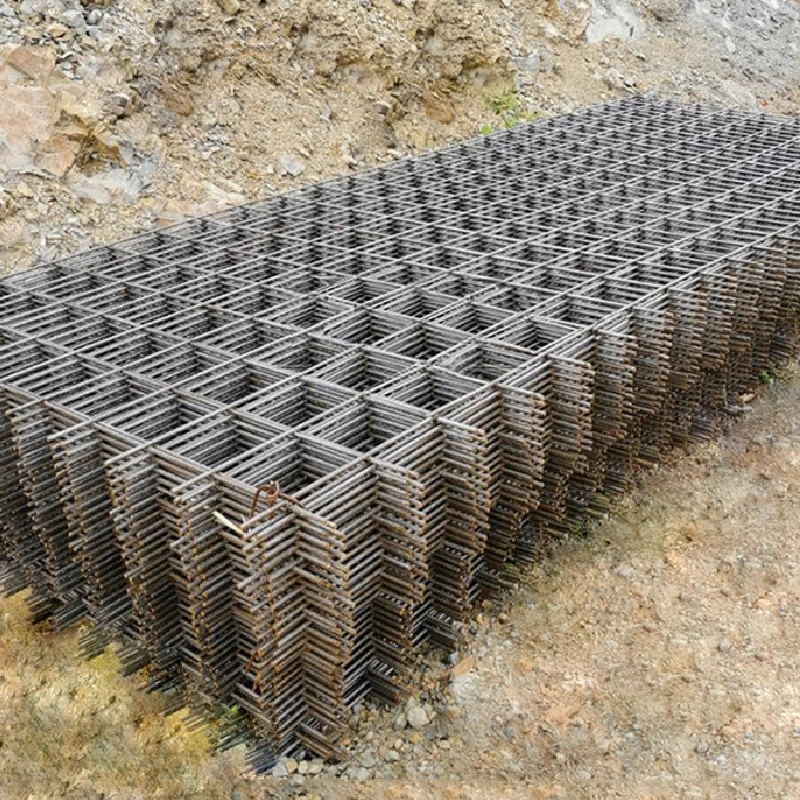Dec . 23, 2024 11:44 Back to list
Essential Supplies for Durable Feedlot Fencing Solutions and Installation
A Comprehensive Guide to Feedlot Fencing Supplies
Fencing is an essential aspect of managing a feedlot effectively. A well-constructed fence not only keeps livestock secure but also protects your investment and ensures the safety of employees and visitors. When it comes to feedlot fencing supplies, selecting the right materials and designs is crucial for achieving the optimal operation of your feedlot. In this article, we will delve into the various types of fencing supplies available, their functions, and tips for choosing the most suitable options for your needs.
Types of Feedlot Fencing Supplies
1. Barbed Wire Fencing Barbed wire is one of the most commonly used materials in agricultural fencing. Its design, featuring sharp barbs along the strands, deters livestock from attempting to cross the fence. When installing barbed wire fencing, it is essential to use high-tensile wire to ensure durability and resistance to tension over time. Typically, three to five strands of barbed wire provide adequate protection for a feedlot.
2. Stock Fencing Stock fencing consists of vertical wires with a specific spacing designed to keep livestock contained. This type of fencing is typically a combination of woven wire and barbed wire. The woven part of the fence provides a solid barrier, while the barbed wire at the top further reinforces the containment. Stock fencing is particularly effective for larger animals, making it an excellent choice for beef and dairy cattle operations.
3. Electric Fencing Electric fencing serves as a deterrent and can be a highly effective solution for feedlots. By delivering a small electric shock, it trains livestock to stay within the designated area. Electric fencing can be used as a standalone solution or in combination with other types of fencing for enhanced security. However, it is essential to ensure proper installation and maintenance of the electric system to avoid hazards.
4. Post and Rail Fencing This aesthetic style of fencing is typically made from wood, metal, or composite materials. Post and rail fencing is not only visually appealing but also functions well to keep livestock in designated areas. While it may not be as secure as barbed wire or electric fencing, it can be used in combination with other fencing types to enhance overall safety.
5. Chain Link Fencing Chain link fencing is a durable option for feedlots needing a high level of security. It is particularly useful to prevent unwanted wildlife from entering the feedlot area and can withstand harsh weather conditions. Chain link can be topped with barbed wire for added security and is relatively easy to install.
feedlot fencing supplies

Factors to Consider When Choosing Fencing Supplies
1. Animal Type The type of livestock you are raising plays a significant role in determining the most suitable fencing material. For instance, cattle require more robust barriers than smaller animals like goats or sheep. Understanding your specific needs is critical.
2. Terrain The landscape of your feedlot can also influence your choice of fencing. Hilly or uneven terrain may necessitate more flexible materials that can be adapted to the changing landscape. Consider installing posts with appropriate depths and securing the wire tightly to maintain integrity.
3. Weather Considerations Depending on your geographical location, you must consider the impact of weather conditions on your fencing materials. Areas with extreme weather must use durable materials that can withstand wind, rain, and snow. For instance, stainless steel or galvanized wire options may offer better longevity.
4. Maintenance and Cost While the upfront costs of fencing supplies are essential to consider, long-term maintenance costs should also be factored into your decision. Investing in higher-quality materials might be more expensive initially but can save money over time by reducing frequent repairs and replacements.
5. Regulations and Compliance Ensure that your fencing complies with local regulations regarding livestock management. Failing to meet these standards can result in penalties or increased liability.
Conclusion
Selecting the right feedlot fencing supplies is vital for the efficient management of your livestock. By understanding the available fencing options, considering factors such as animal type, terrain, and weather conditions, and focusing on long-term sustainability, you can make informed decisions that protect your investment and ensure the safety of your animals. Whether you choose barbed wire, electric fencing, or any combination thereof, quality supplies will help you maintain a secure and effective feedlot operation.
-
Reinforcing Mesh: Core Material of the Construction Industry
NewsJul.07,2025
-
Welded Wire Fabric Reinvented for Modern Projects
NewsJul.04,2025
-
Superiority of Stainless Steel Woven Mesh
NewsJul.04,2025
-
Key Types of Razor Wire and Their Applications
NewsJul.04,2025
-
Durable Metal Fence Types for Security
NewsJul.04,2025
-
Best Materials for Livestock Fence
NewsJul.04,2025
products.







